Why does Italian Coffee Bean extract Powder compare Italian Coffee with Coffee Bean blending

Professional coffee knowledge exchange More coffee bean information Please pay attention to coffee workshop (Weixin Official Accounts cafe_style)
The espresso coffee used in Front Street Coffee is mixed with beans to increase the richness and harmony of the taste, but it is not absolutely necessary. There is also SOE coffee practice, which is to use coffee beans from a single producing area to make Italian coffee, highlighting the coffee flavor of the producing area, but it is also easy to amplify its shortcomings. Moreover, the roasting parameters of SOE would be different from those of hand brewing. Front Street Coffee used hand-brewed Yejia Shefei coffee beans to make Italian concentrated coffee. The acid produced was very strong and even a little difficult to accept (perhaps some people would like it), because Yejia Shefei was famous for its acid tonality. Under the conditions of high pressure and high temperature such as Italian extraction, the acid of Yejia Shefei was amplified several times, but it changed from advantages to disadvantages, which violated the original intention of coffee production. Therefore, Front Street Coffee will adopt different roasting parameters when choosing a single producing area for making Italian coffee.
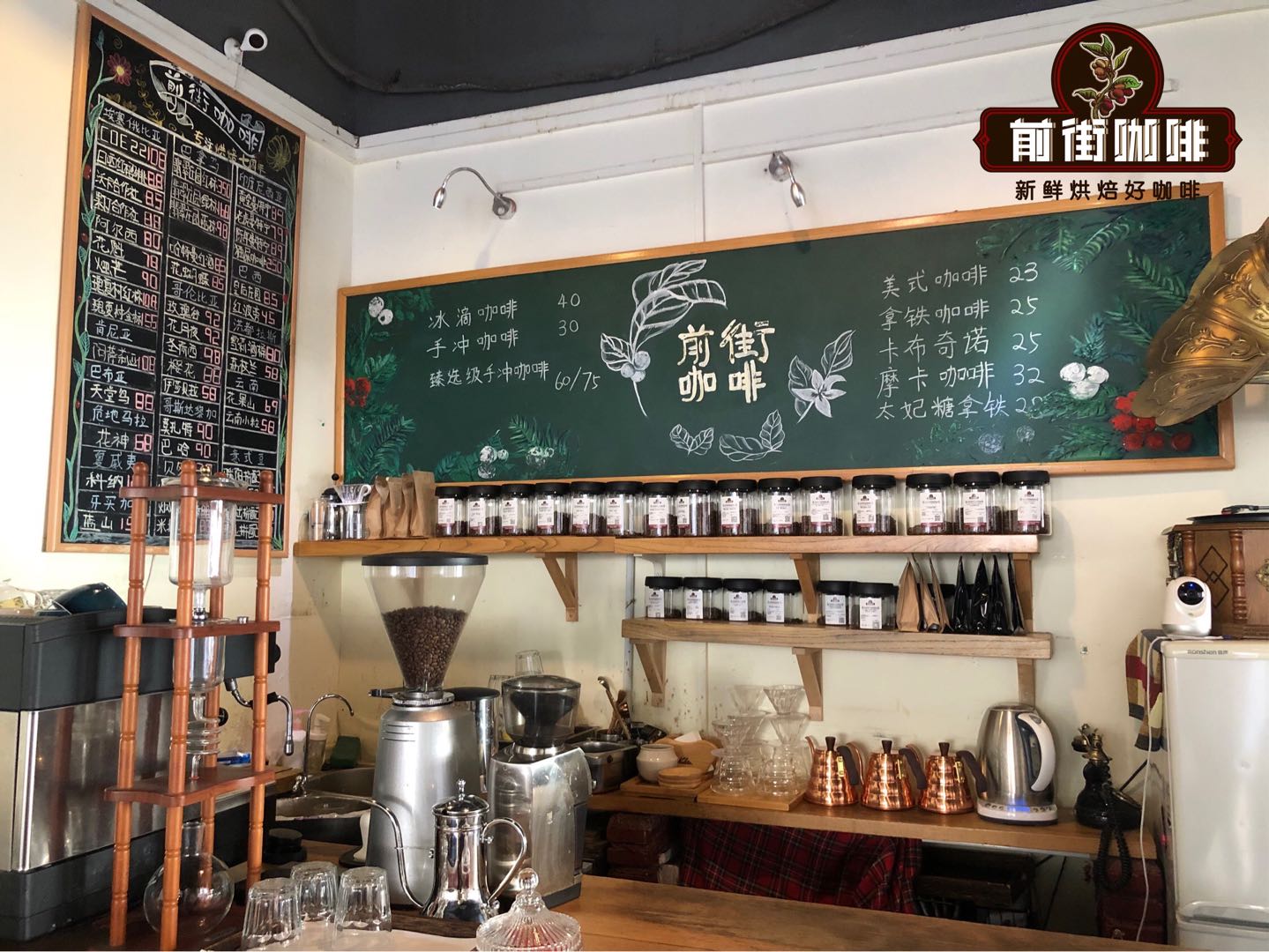
What is coffee blend?
Blended coffee, also known as blended coffee, Italian coffee beans, is to mix all kinds of single coffee beans together, so as to give full play to the strengths of all kinds of single coffee beans. Blended beans are mixed from coffee beans from different origins to make a more balanced taste. For example, a coffee bean is soft but lacks aroma, and another aroma-rich bean can be added to complement each other's strengths, complement each other in taste, or enhance, thereby creating a richer new taste of coffee. Sometimes the beans are mixed and then roasted, which is called raw blending; sometimes the coffee beans are mixed after roasting, which is called cooked blending.
Whether it's pre-mixed raw beans or baked individually and then mixed. Both must depend on the characteristics of the coffee in the recipe, and both methods are acceptable. The post-bake blend provides varying degrees of baking for each bean so that each ingredient exhibits the best results.

Before mixing beans, you should first know how different varieties of coffee in the world have different flavors, and beans have different characteristics according to their origin. Different coffee beans have different personalities due to different varieties and different origins. The flavors such as sour, bitter, sweet, aroma and mellow have subtle differences. Single coffee beans often focus on the unique characteristics of a certain type of coffee. Blended beans are mostly used in Italian coffee such as Espresso, Americano, Latte or Cappuccino, etc., coffee taste more balanced, more smooth, taste more stable, can be said to taste more popular.
Coffee beans are mixed for several purposes:
1. Stable flavor
Because coffee beans are a crop, even the same coffee beans, its flavor will vary from year to year, so mixing several coffee beans together solves this problem well, and the taste can be basically consistent every year.
2. Balanced taste
Since the espresso machine has a characteristic that it will amplify the most significant flavor characteristics of coffee beans, we will hardly use a single variety of coffee to make Espresso, otherwise if the coffee beans are bitter, the Espresso will be abnormally bitter, and the acid will be very sour. So we need to balance the flavors through blending.
Blending coffee is not a simple addition, but hopes that through the blending division's unique understanding of coffee flavor, different coffee beans complement each other and blend the Italian coffee beans with excellent flavor.
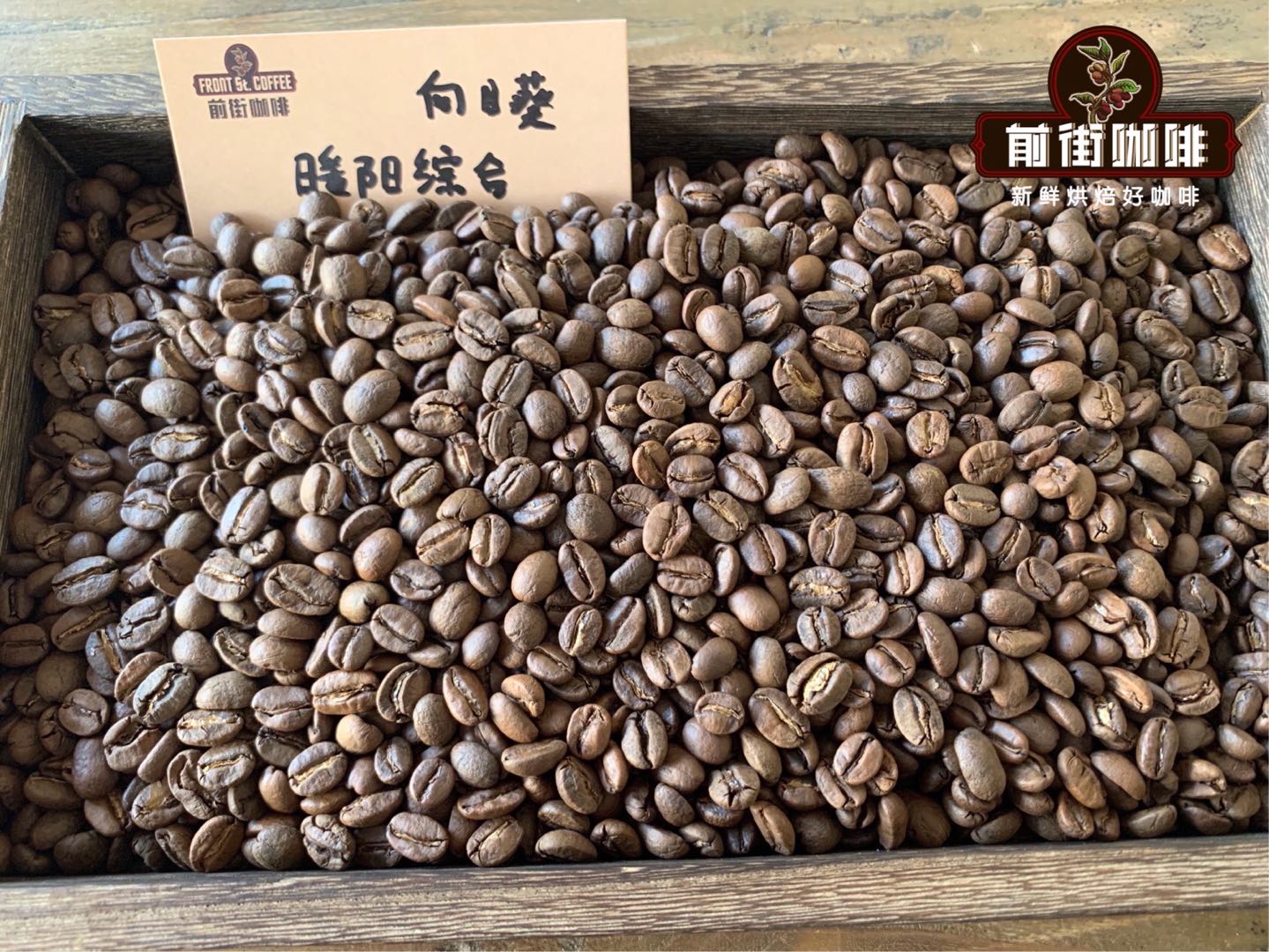
So how does Front Street Coffee mix? There are currently four Italian coffee beans in the Front Street Cafe.
1. Qianjie Coffee Boutique with Italian Coffee Beans
Colombia: Brazil, ratio 3:7
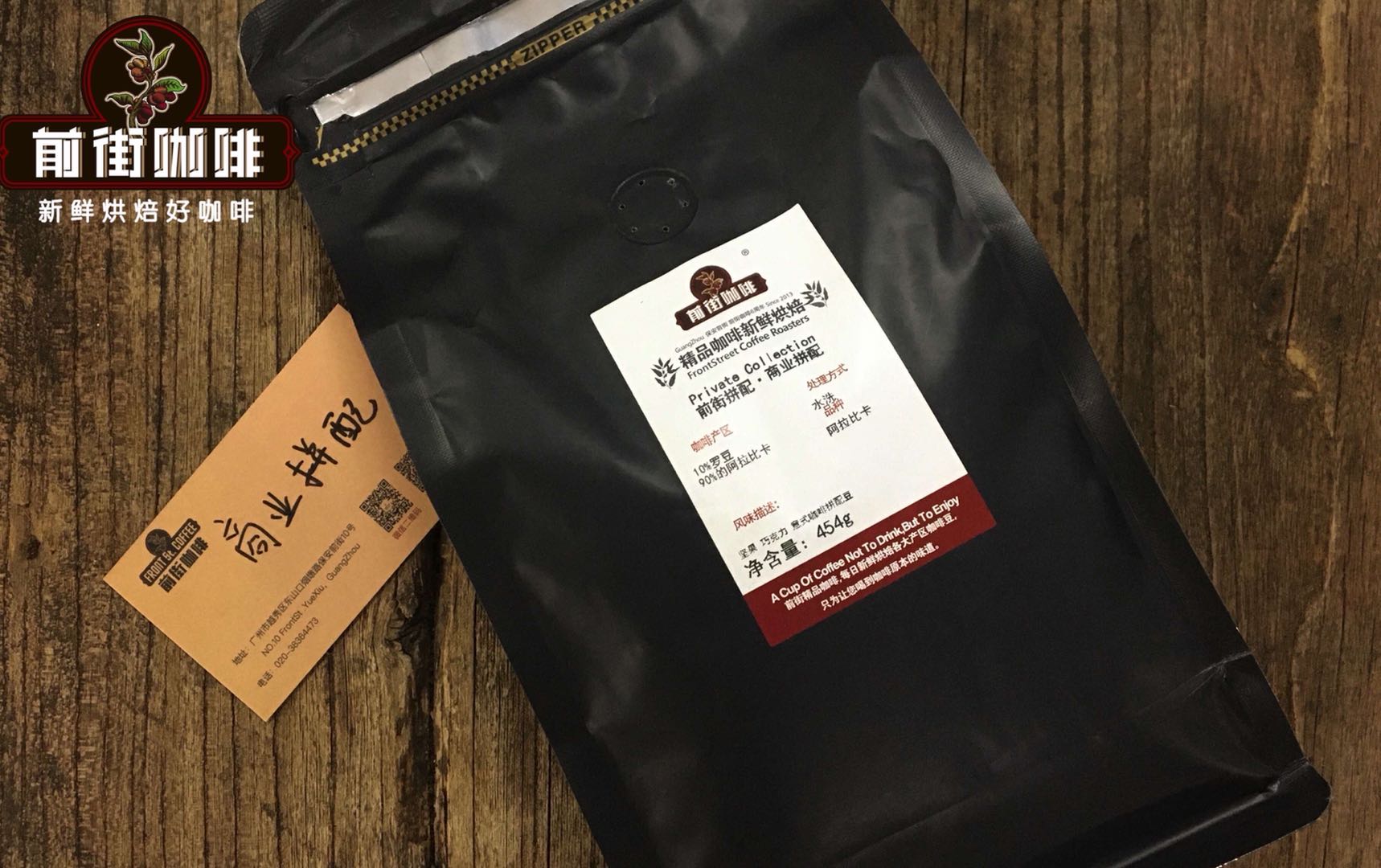
Cymbidium production area in Colombia
Located in southwest Colombia, it is one of the major coffee-growing regions. Colombia is generally 1500-1800 meters above sea level, mostly Bourbon, Cadura species, washing treatment method, higher density, uniform beans, full beans (bean core to bean surface thicker). Because there are famous coffee growing areas all over the area, the names of small areas become brand names and circulate. Although the cultivation conditions in the area are also very good, the cultivation infrastructure of coffee cultivation farms and surrounding conditions is not very developed. It is regrettable that the drying equipment or washing processing facilities for raw beans are not perfect. The coffee in Huilan area has strong taste and heavy texture. In particular, the coffee in the Cymbidium area has a nutty, chocolate and caramel aroma and appropriate acidity can be called high-quality coffee.
Flavor characteristics: rich and solid taste, with pleasant acidity, aroma mellow, moderate acidity, rich sweetness is very interesting. Because of the low price, the beans are small and suitable for single item or Italian combination base.
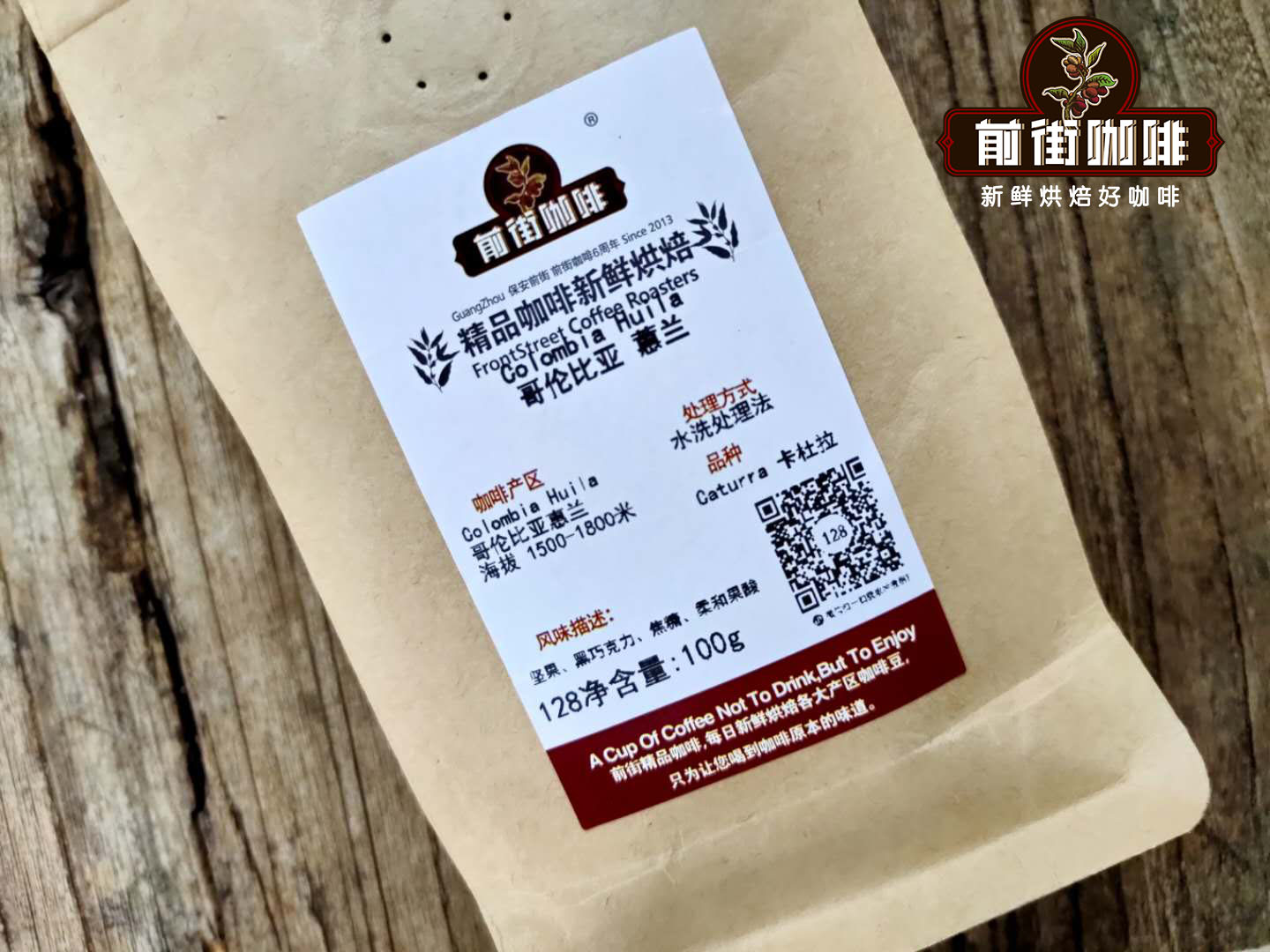
Brazil·Xilado region
Brazilian coffee is generally grown at altitudes of 1000-1300 meters, so its density is relatively low. Most of them are bourbon species, semi-sun treatment, moderate water content, soft bean quality, thin thickness from bean surface to bean core, so it is not suitable for baking at too high temperature. The temperature of the inner wall of the boiler will scald the bean surface, so it will appear burnt bitter taste. We hope to show the characteristics of nuts, milk chocolate and good body, and as a blending base, so the front street coffee adopts the method of selecting medium fire to throw beans, keeping the fire to the dehydration stage, fine-tuning with the temperature increase after the first explosion, so as to promote the caramelization reaction more fully, and heating up to the second explosion can discharge beans.
Flavor characteristics: pleasant sweet and bitter taste, extremely smooth entrance; with a light grass fragrance, slightly bitter fragrance; sweet smooth mouth, pleasant aftertaste.
Flavor after blending: sweet taste. When baked in medium depth, when concentrated, the taste will be soft and slightly sour, sweet, nutty and sweet, the overall feeling will not be too stimulating, mild, and the oil belongs to medium.
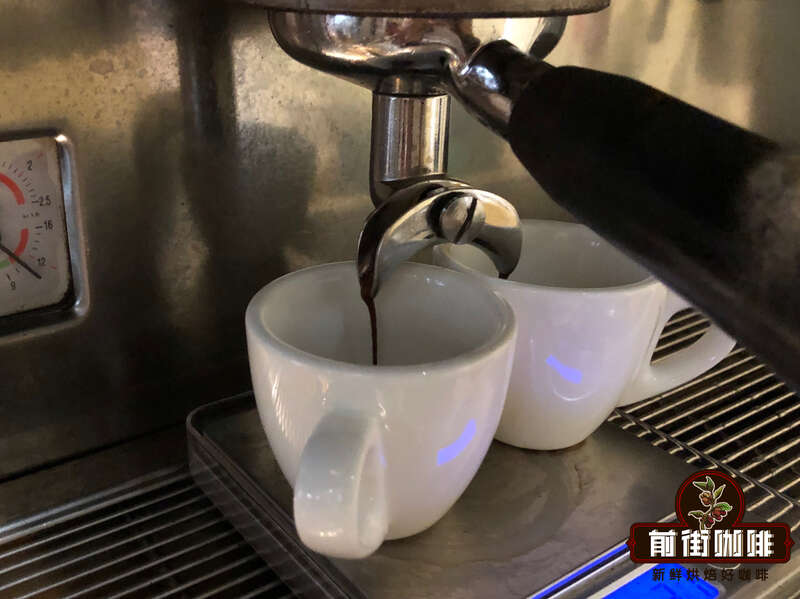
2. Qianjie Coffee Commercial Matching
Colombia: Brazil: Robusta, ratio 3:6:1, raw;
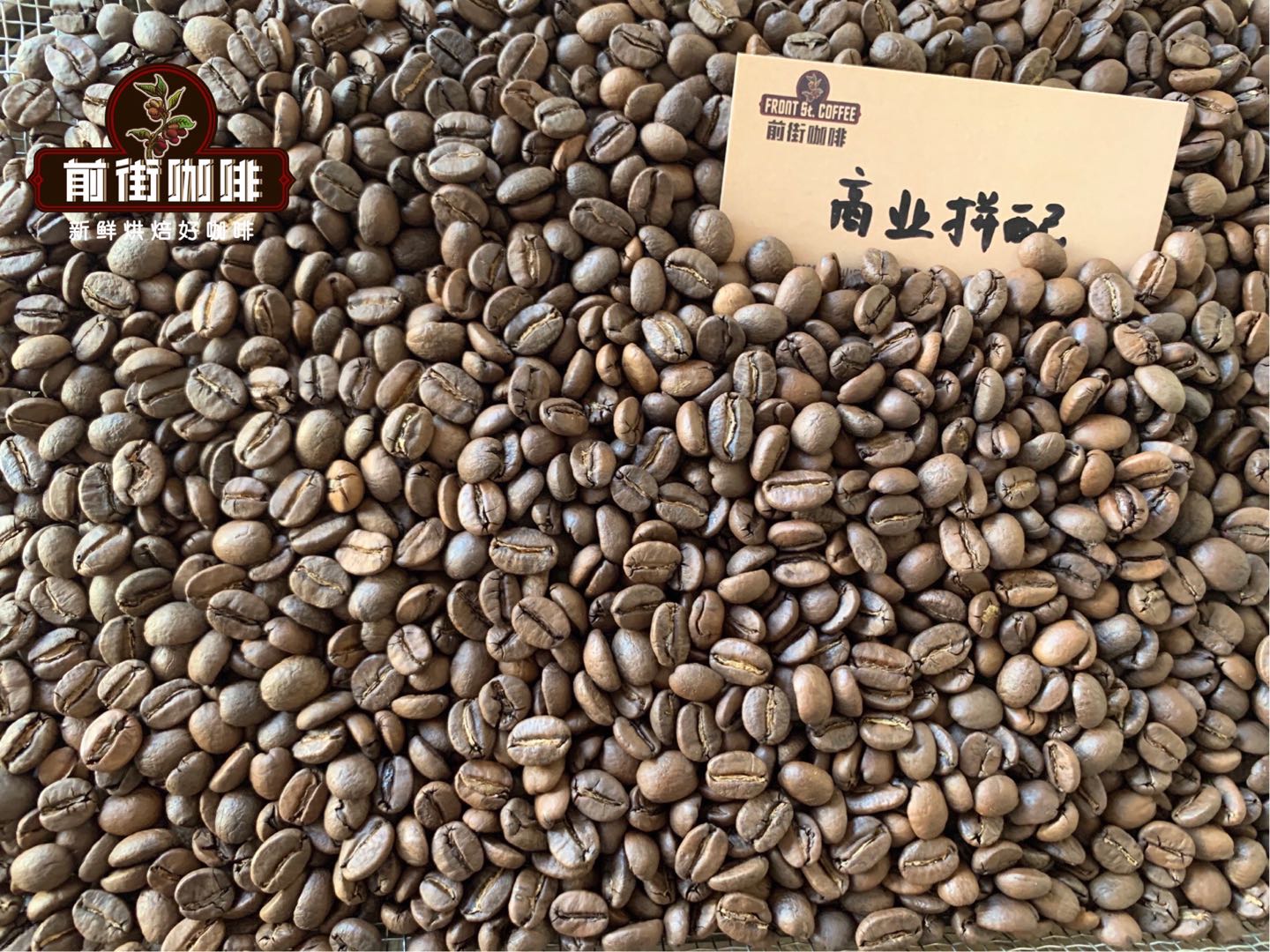
Robusta beans have strong pest resistance and high yield. It usually has no acid from arabica beans and often has a woody aroma. Caffeine content is 2.2% higher than Arabica beans 1.2%, chlorogenic acid content is also high, also quite bitter, usually used in commercial beans, the cost is cheaper than Arabica beans.
From the flavor of a single bean, the coffee taste obtained from commercial beans is much inferior to that of fine coffee beans. Generally, commercial beans will be selected for blending. After blending beans, coffee with good taste can also be made. It can be used to make latte, cappuccino and other Italian coffee. The commercial blend of Front Street Coffee is Espresso, because there are Robusta beans, the fat will be rich, the taste is classic, there is caramel sweetness, nuts and cocoa, dark chocolate flavor, sour and sweet balance, a little bit sweet and bitter, lasting aftertaste.
3. Qianjie Coffee Basic Blending Coffee
Yunnan AA: Brazil; ratio 3:7, cooked;
Yunnan AA of Front Street Coffee is the oldest native variety of Ethiopia, produced in Ethiopia and southeastern Sudan, from which all Arabica is derived. Top leaves for copper color, said red top coffee, elegant flavor, but weak constitution, poor disease resistance, easy to get leaf rust, fruit yield less. Four iron pickups are slender and spread out at an angle of 50 to 70 degrees. Opposite leaves are oblong, smooth, terminal branches are long, less branched, and flowers are white, opening at the base of petiole connecting branches. Ripe coffee berries look like cherries and are bright red.
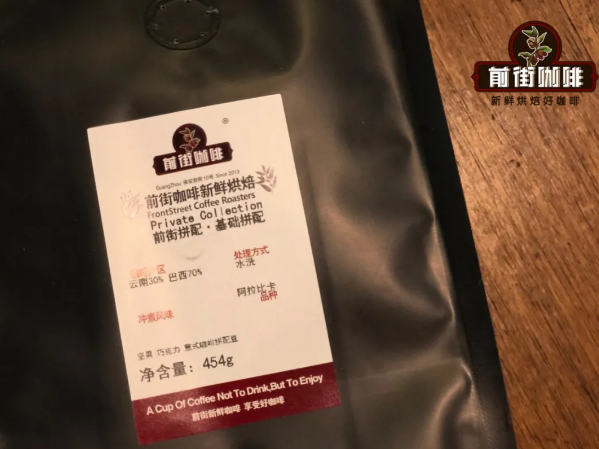
It needs more shade when planted and can be harvested only once every two years. Yunnan's high-quality geographical climate conditions provide good conditions for coffee growth. The planting areas are Lincang, Baoshan, Simao, Xishuangbanna, Dehong and other prefectures. Yunnan natural conditions and Colombia are very similar, high altitude, temperature difference between day and night, flavor is alcohol aroma, moderate sour taste, rich flavor, uniform particles, oil, and with fruit, its quality taste similar to Colombia coffee.
Flavors: Soft acidity, caramel sweetness, nutty, dark chocolate flavor, smooth and thick, but light taste.
4. Front Street Coffee Sunflower Warm Sun Mix Coffee Beans
Front Street Coffee Sunflower Warm Sun Blend is a blend of sherry barrel processed coffee beans and sun-treated yega-sherry red cherries. The ratio is 6:4. Sixty percent of Honduras sherry barrel coffee beans provide flavor and body to this blend, and forty percent of sun-treated yega-sherry provides more aroma and acid.
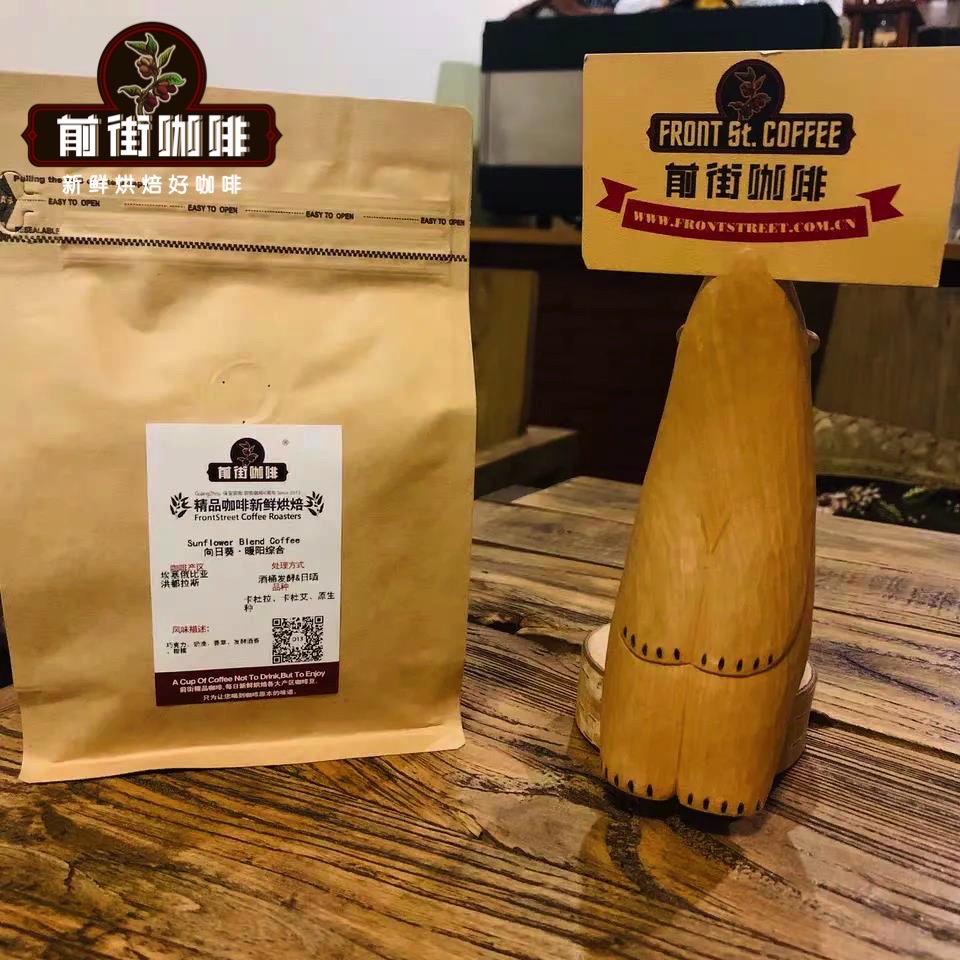
Baking advice
Front Street Coffee roasts this coffee bean in a gradual way that allows the beans to develop in sync with the roasting process.
When the furnace temperature reaches 210℃, put it into the pot, open the damper 4, fire 200, return temperature 1 30", 92℃; when the furnace temperature reaches 140℃, open the damper 6; at this time, the bean surface turns yellow, the grass smell completely disappears, and enters the dehydration stage. When the furnace temperature reaches 180℃, adjust the fire to 10, and open the damper to the maximum of 10.
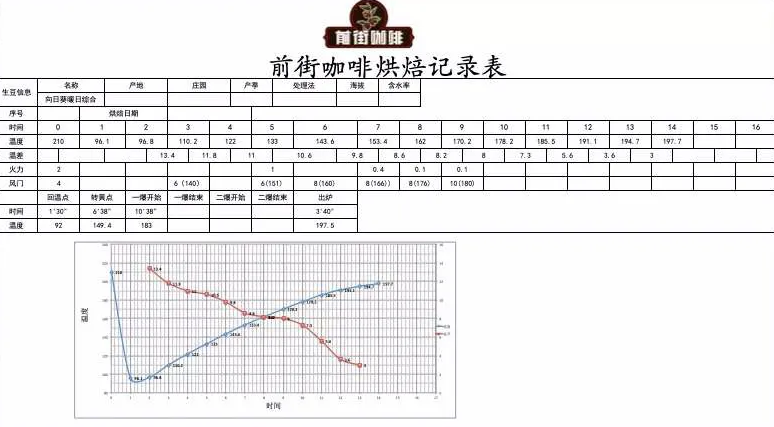
9 30", the bean surface appears ugly beard wrinkles and black stripes, toast flavor obviously changed to coffee aroma, can be defined as a prelude to explosion, this time to hear the sound of a burst point, to 10 38" to start a burst, a burst after the development of 3 40 ", 197.5 ℃ pot.
Front Street Coffee chooses Sunflower Warm Sun to make iced latte.
Espresso extraction parameters:
Weight of coffee: 20g
Amount of coffee: 40g
Extraction time: 28s
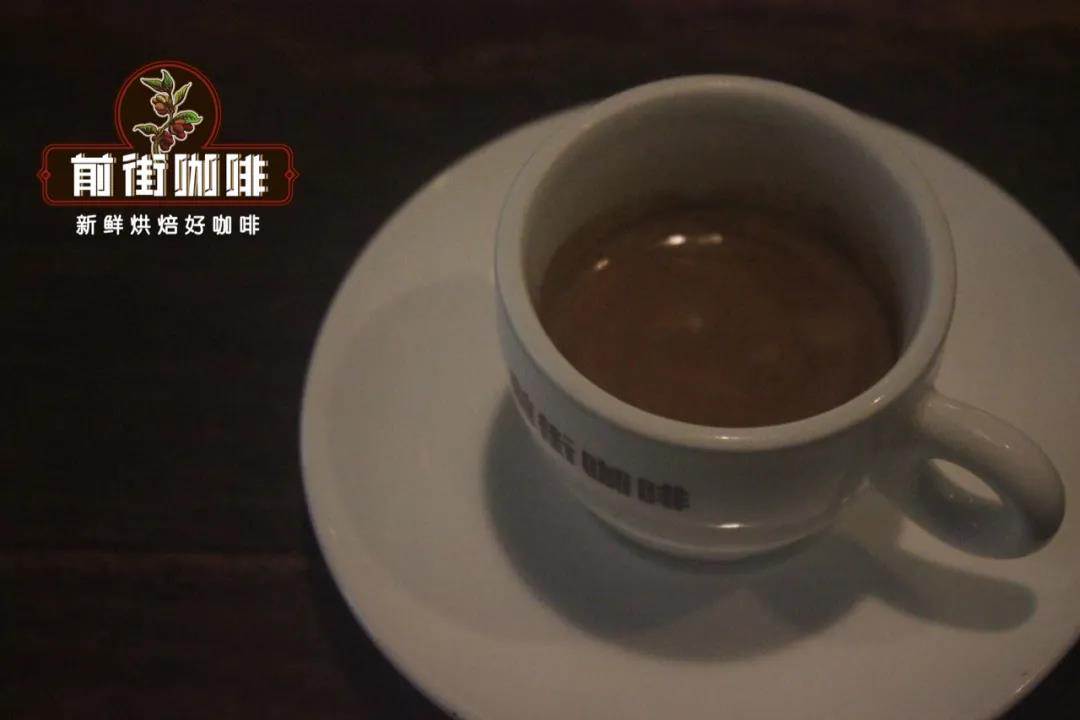
Iced latte coffee is mixed with a lot of milk, so the taste of milk is more obvious.
The espresso made by the warm sun of Qianjie Coffee will have obvious chocolate flavor in the heart of wine. The iced latte made with milk and ice cubes will have smooth taste, lasting chocolate flavor, mixed with pleasant wine flavor, lasting aftertaste and obvious sweetness. It is very suitable for summer heat.
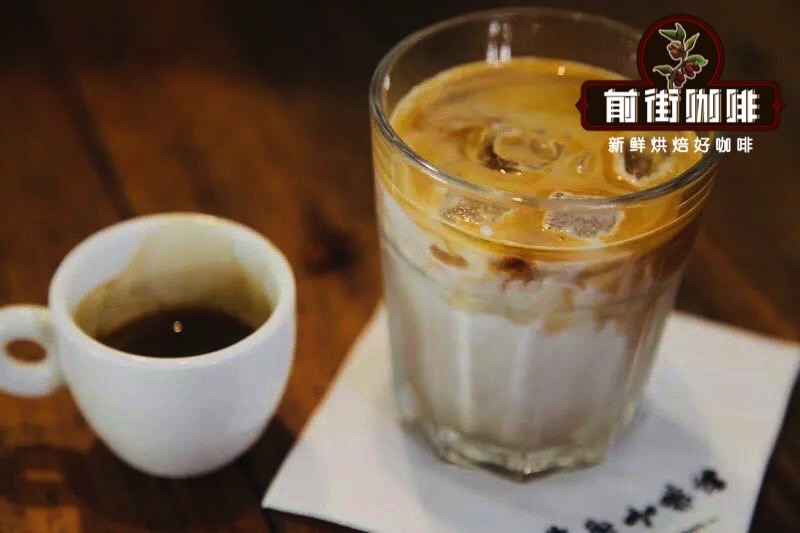
Why is there a spoon attached?
When drinking espresso, most of them are accompanied by tablespoons, sugar and water.
Espresso is extracted with hot water and pressure, so in addition to the water-soluble components, some fat-soluble components are extracted. Water-soluble ingredients are heavier, so they sink to the bottom as coffee liquid, while fat-soluble ingredients float to the top as foam. Crema, the ingredient in this foam form, contains many components that influence aroma, consistency and texture. The water-soluble ingredients that sink below are mainly substances that make the tongue feel the taste. In short, crema is responsible for the aroma part and extract for the taste part.
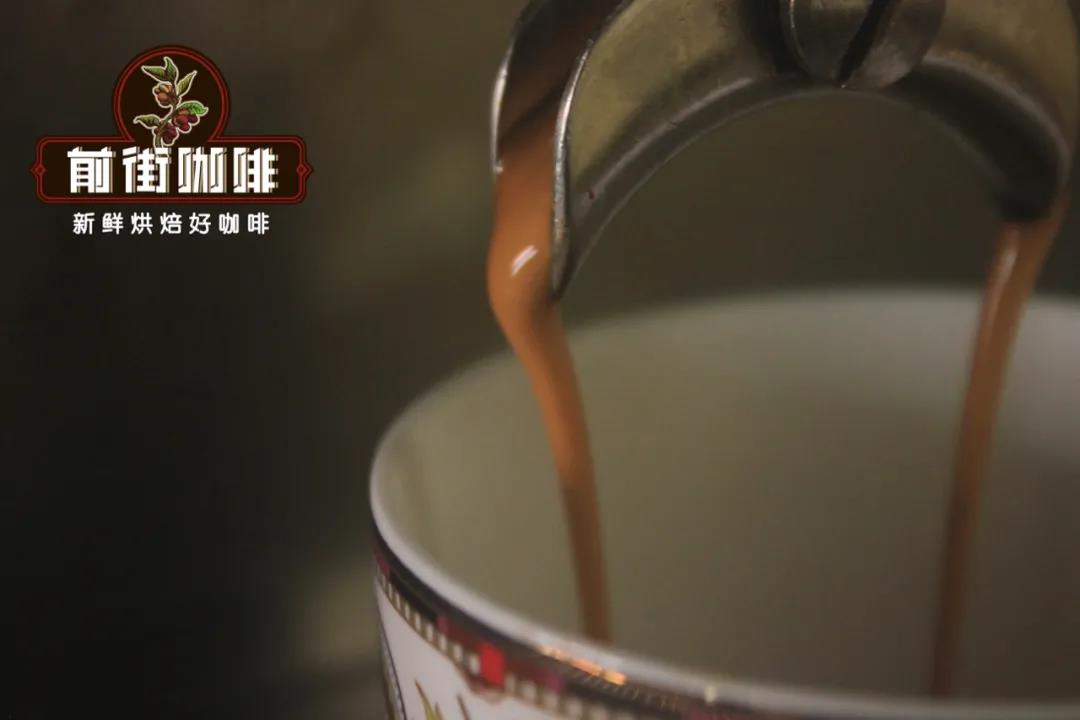
If you drink it without stirring, the water-soluble and fat-soluble components will be separated. Stir or shake the ingredients of espresso coffee before drinking, so that you can feel rich and harmonious taste and aroma. So espresso always comes with a spoon.
Should there be sugar in espresso?
Espresso is a matter of personal preference. However, adding sugar to the rich crema, watching the sugar slowly sink, while fantasizing about the rich taste of coffee, is also a happy experience.
Sugar can also be used to determine crema abundance: carefully put a spoonful of sugar on crema, do not let crema be broken, if the sugar stays for 2- 3 seconds, slowly wet from the edge, slowly sink, crema is very abundant.
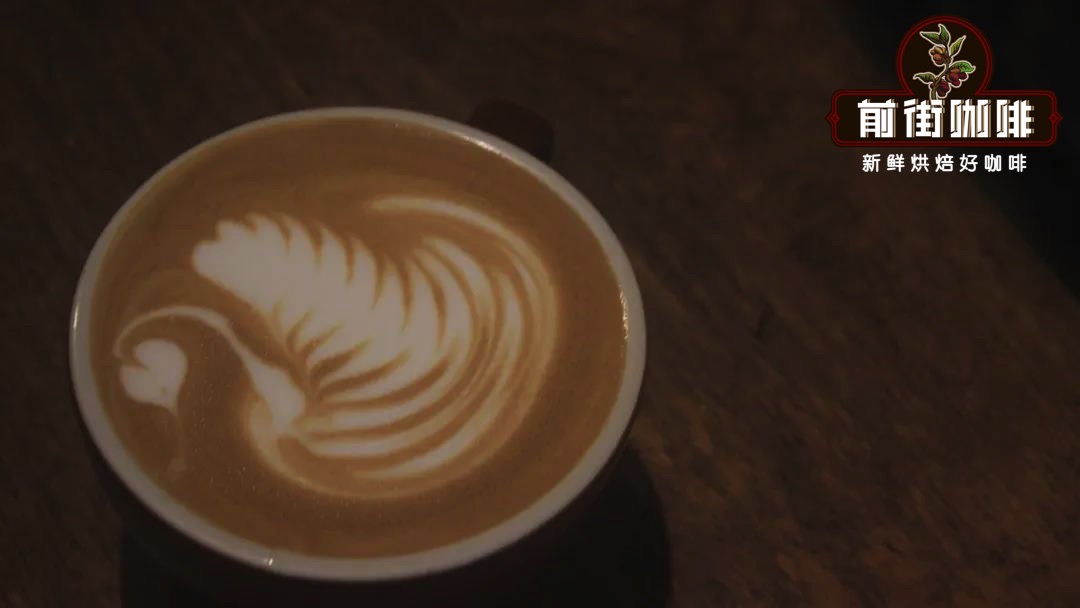
Since sugar reduces the bitterness of coffee, the sourness that was originally masked by bitterness will be highlighted at this time because the bitterness is reduced, making the impression of coffee more advanced. And sugar can make coffee texture become mild, can be said to be an excellent helper coffee.
Crema is the more the better?
Crema thickness and retention time have a strong relationship with coffee freshness. The more Crema there is, the fresher the coffee is likely to be; the more gas the beans produce when roasted, the more crema there will be. When coffee is extracted not long after roasting, crema is found to be extremely high, but unfortunately, it will also disappear in a relatively short time. When tasting this coffee, the tongue will feel the same feeling as when drinking carbonated water. Because the gas produced during baking is dissolved in water, it will appear bitter or astringent.
From this we can see that even if it is fresh coffee, it cannot be said that all coffee is good, and it still needs to be managed properly.
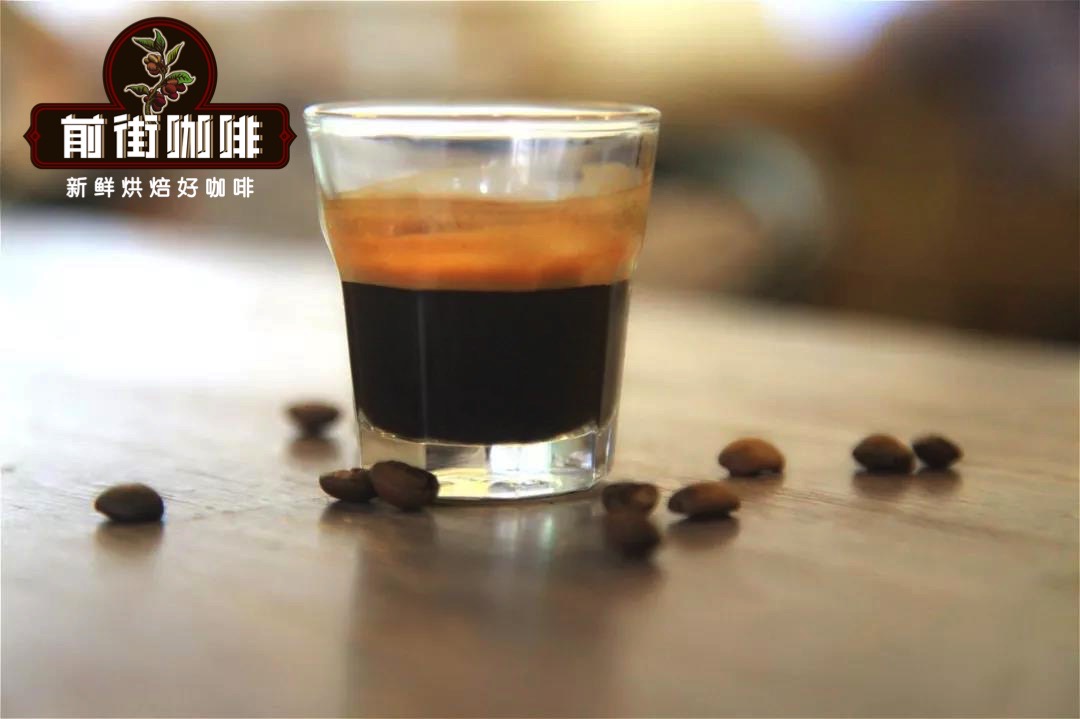
Depending on the roasting method, coffee beans mature for a different time. Put the coffee in a state of isolation from light and oxygen for at least 3- 4 days to more than 2 weeks, so that the gas generated during the roasting of the coffee beans can be naturally discharged.
In the stable state after extraction, when crema does not exceed 3--5mm, it is the best state of time.
Does espresso have to come with beans?
Espresso is just one of the ways coffee is extracted. Espresso is coffee made by espresso machines, regardless of the coffee used. As long as it tastes good, it doesn't matter whether it's single-serve coffee or blend coffee, or whether it's light or dark roast coffee. There are no rules about what kind of coffee you can use.
Espresso extraction machines have the best conditions for extraction, so whatever coffee is used makes the best extraction. But the so-called "good extraction" will not only extract the best ingredients in coffee to the maximum; similarly, the bad taste will also be extracted to the maximum, which must be noted. Therefore, in the choice of beans, it is necessary to use good coffee beans without defects. If the coffee beans themselves have shortcomings, as mentioned above. Faults are also extracted in large quantities and amplified to intolerable levels.
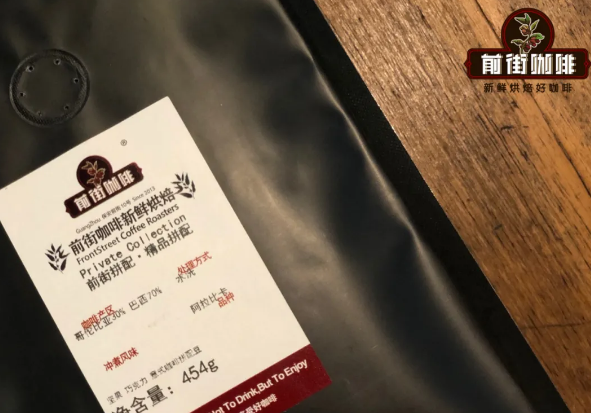
All coffees have advantages, but they also have disadvantages, so rather than making espresso with single coffee, various single coffee is often mixed to make special coffee for flavor richness and harmony.
More fine coffee beans, please add private WeChat Qianjie Coffee, WeChat: kaixinguoguo0925
Important Notice :
前街咖啡 FrontStreet Coffee has moved to new addredd:
FrontStreet Coffee Address: 315,Donghua East Road,GuangZhou
Tel:020 38364473
- Prev

The principle of Italian espresso extraction: on the effect of coffee powder on concentrated extraction
Communication of professional baristas Please pay attention to the concentrated extraction flow in the coffee workshop (Wechat official account cafe_style) is completely different from the brewing extraction flow, because the concentrated extraction is carried out by pressure and resistance. The pressurized extraction water touches the top of the powder bowl, and the flow of water through the solid coffee pressed powder creates resistance, creating pressure throughout the coffee pressed powder field.
- Next
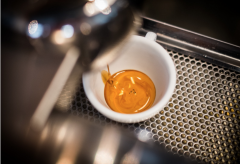
Brewing espresso at home: from coffee beans to coffee maker recommendation
Communication of professional baristas Please pay attention to the coffee workshop (Wechat official account cafe_style) espresso Espresso originated in Italy, which means very fast in Italian, pumping out the coffee liquid instantly through the pressure of steam. Because this method can last coffee oil for a long time, the taste is mellow and rich, and there is a balance between sour taste and bitter taste, so it is called coffee.
Related
- Beginners will see the "Coffee pull flower" guide!
- What is the difference between ice blog purified milk and ordinary milk coffee?
- Why is the Philippines the largest producer of crops in Liberia?
- For coffee extraction, should the fine powder be retained?
- How does extracted espresso fill pressed powder? How much strength does it take to press the powder?
- How to make jasmine cold extract coffee? Is the jasmine + latte good?
- Will this little toy really make the coffee taste better? How does Lily Drip affect coffee extraction?
- Will the action of slapping the filter cup also affect coffee extraction?
- What's the difference between powder-to-water ratio and powder-to-liquid ratio?
- What is the Ethiopian local species? What does it have to do with Heirloom native species?

